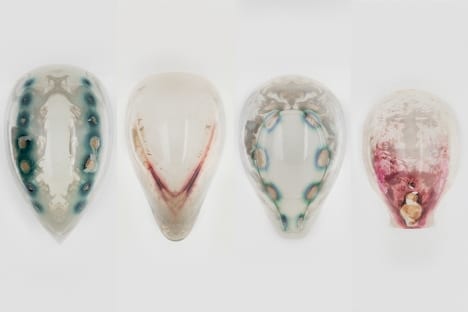A method for printing 3D objects that can control living organisms in predictable ways has been developed by an interdisciplinary team of researchers at MIT and elsewhere.
.
The technique may lead to 3D printing of biomedical tools, such as customized braces, that incorporate living cells to produce therapeutic compunds such as painkillers or topical treatments, the researchers say.
.
The new development was led by MIT Media Lab Associate Professor Neri Oxman and graduate students Rachel Soo Hoo Smith, Christoph Bader, and Sunanda Sharma, along with six others at MIT and at Harvard University’s Wyss Institute and Dana-Farber Cancer Institute. The system is described in a paper recently published in the journal Advanced Functional Materials .
.
“We call them hybrid living materials, or HLMs,” Smith says. For their initial proof-of-concept experiments, the team precisely incorporated various chemicals into the 3D printing process. These chemicals act as signals to activate certain […]
Case Study: How PepsiCo achieved 96% cost savings on tooling with 3D Printing Technology
Above: PepsiCo food, snack, and beverage product line-up/Source: PepsiCo PepsiCo turned to tooling with 3D printing...





0 Comments